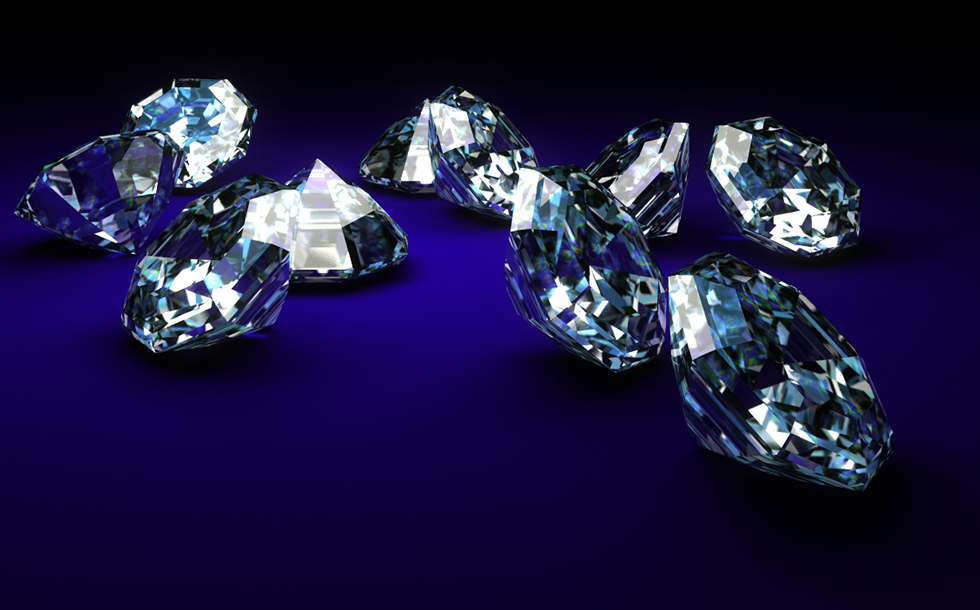Introduction
In the realm of exquisite jewelry, ethical lab diamonds have emerged as a beacon of sustainability and ethical sourcing. As conscious consumers increasingly seek transparency and integrity in their purchases, the demand for these diamonds has soared. In this comprehensive guide, we delve into the world of ethical lab diamonds, exploring their origin, characteristics, benefits, and why they stand out as a superior choice for the ethically-minded consumer.
Understanding Ethical Lab Diamonds
What are Ethical Lab Diamonds?
Ethical lab diamonds, also known as lab-grown or cultured diamonds, are created in controlled laboratory environments rather than mined from the earth. These diamonds share the same chemical and optical properties as natural diamonds, making them indistinguishable to the naked eye. The key distinction lies in their origin and the ethical considerations surrounding their production.
The Process of Creating Ethical Lab Diamonds
Ethical lab diamonds are formed through a process called Chemical Vapor Deposition (CVD) or High Pressure High Temperature (HPHT). In the CVD method, a small diamond seed is placed in a sealed chamber filled with carbon-rich gases. Through the application of heat and energy, carbon atoms bond to the seed, gradually crystallizing into a diamond over several weeks. Conversely, the HPHT method mimics the natural conditions found deep within the Earth’s mantle, subjecting a diamond seed to high pressure and temperature to facilitate crystal growth.
Advantages of Ethical Lab Diamonds
Environmental Sustainability
One of the most compelling advantages of ethical lab diamonds is their minimal environmental impact. Unlike traditional diamond mining, which involves extensive land excavation and habitat disruption, lab-grown diamonds require significantly fewer resources and produce fewer carbon emissions. By opting for ethical lab diamonds, consumers can reduce their ecological footprint and support sustainable practices in the jewelry industry.
Ethical Sourcing
Ethical lab diamonds offer assurance that no human rights abuses or environmental harm are associated with their production. Traditional diamond mining often has a dark history of exploitation, including forced labor and environmental degradation. In contrast, lab-grown diamonds are cultivated in controlled laboratory settings, free from the ethical concerns that plague the diamond mining industry.
Superior Quality and Value
Beyond their ethical credentials, ethical lab diamonds boast exceptional quality and value. These diamonds exhibit the same dazzling brilliance, clarity, and durability as their natural counterparts, ensuring a stunning and enduring piece of jewelry. Moreover, lab-grown diamonds typically come at a lower price point than mined diamonds, allowing consumers to enjoy luxury without compromising on quality or conscience.
Debunking Common Misconceptions
Myth: Lab-Grown Diamonds Lack Authenticity
Contrary to popular belief, ethical lab diamonds are every bit as authentic as natural diamonds. Their chemical composition and physical properties are identical to those of mined diamonds, rendering them genuine gemstones in every sense. Whether adorning an engagement ring or a statement necklace, lab-grown diamonds radiate authenticity and beauty.
Myth: Lab-Grown Diamonds Are Inferior in Quality
Another misconception surrounding lab-grown diamonds is their perceived inferiority in quality. In reality, these diamonds undergo the same rigorous grading process as natural diamonds, ensuring consistent standards of cut, clarity, color, and carat weight. With advancements in technology and production techniques, lab-grown diamonds now rival their mined counterparts in brilliance and brilliance.
The Future of Ethical Jewelry
As ethical considerations continue to shape consumer preferences, the future of the jewelry industry lies in sustainable and ethical practices. Ethical lab diamonds represent a shining example of innovation and responsibility, “lab grown diamonds” offering a viable alternative to traditional diamond mining. By embracing lab-grown diamonds, consumers can make a conscious choice to support ethical sourcing and environmental stewardship.
Conclusion
In conclusion, ethical lab diamonds stand at the forefront of a transformative shift in the jewelry industry. With their ethical pedigree, superior quality, and environmental sustainability, these diamonds capture the hearts and minds of discerning consumers worldwide. As we strive towards a more ethical and sustainable future, ethical lab diamonds shine brightly as a symbol of progress and responsibility.







